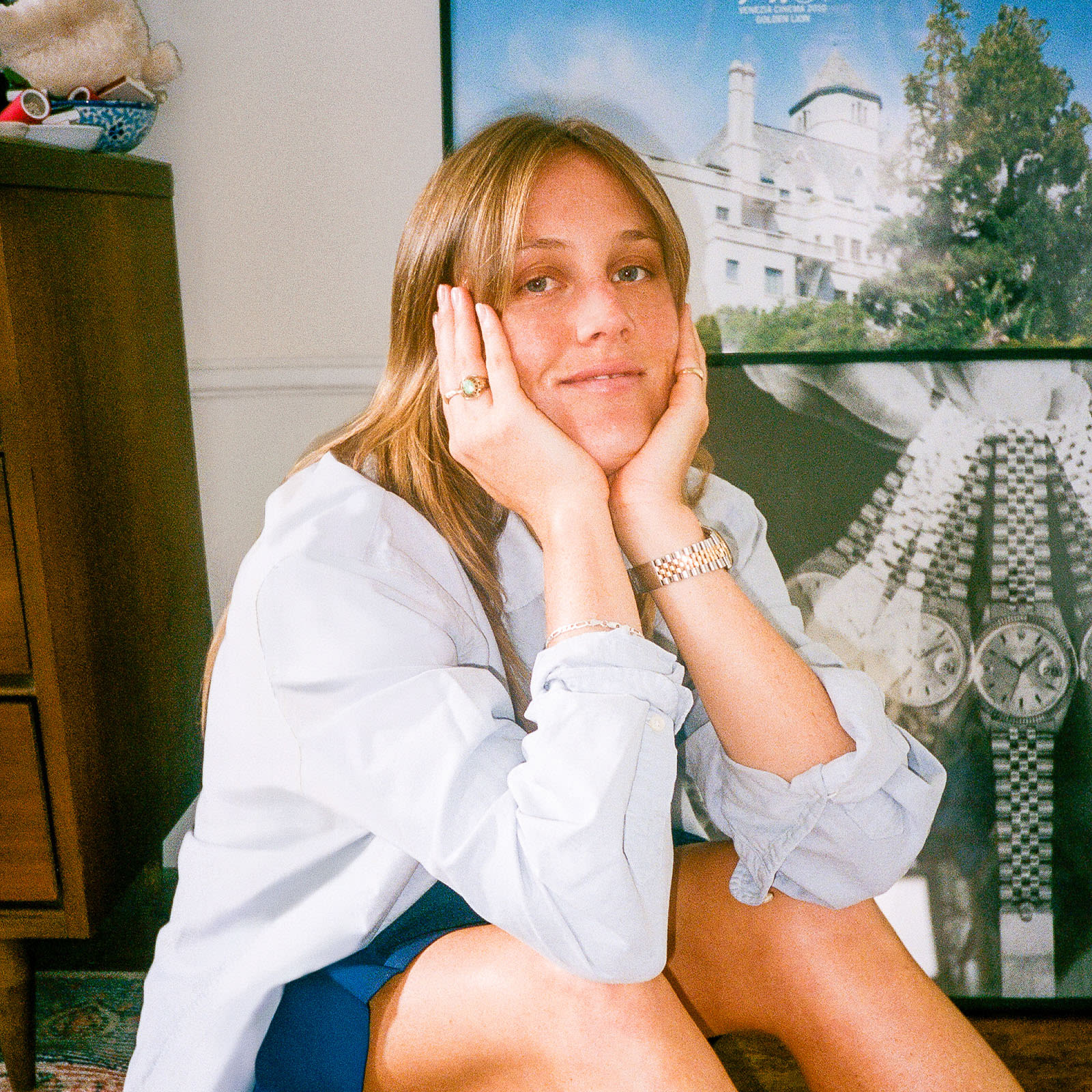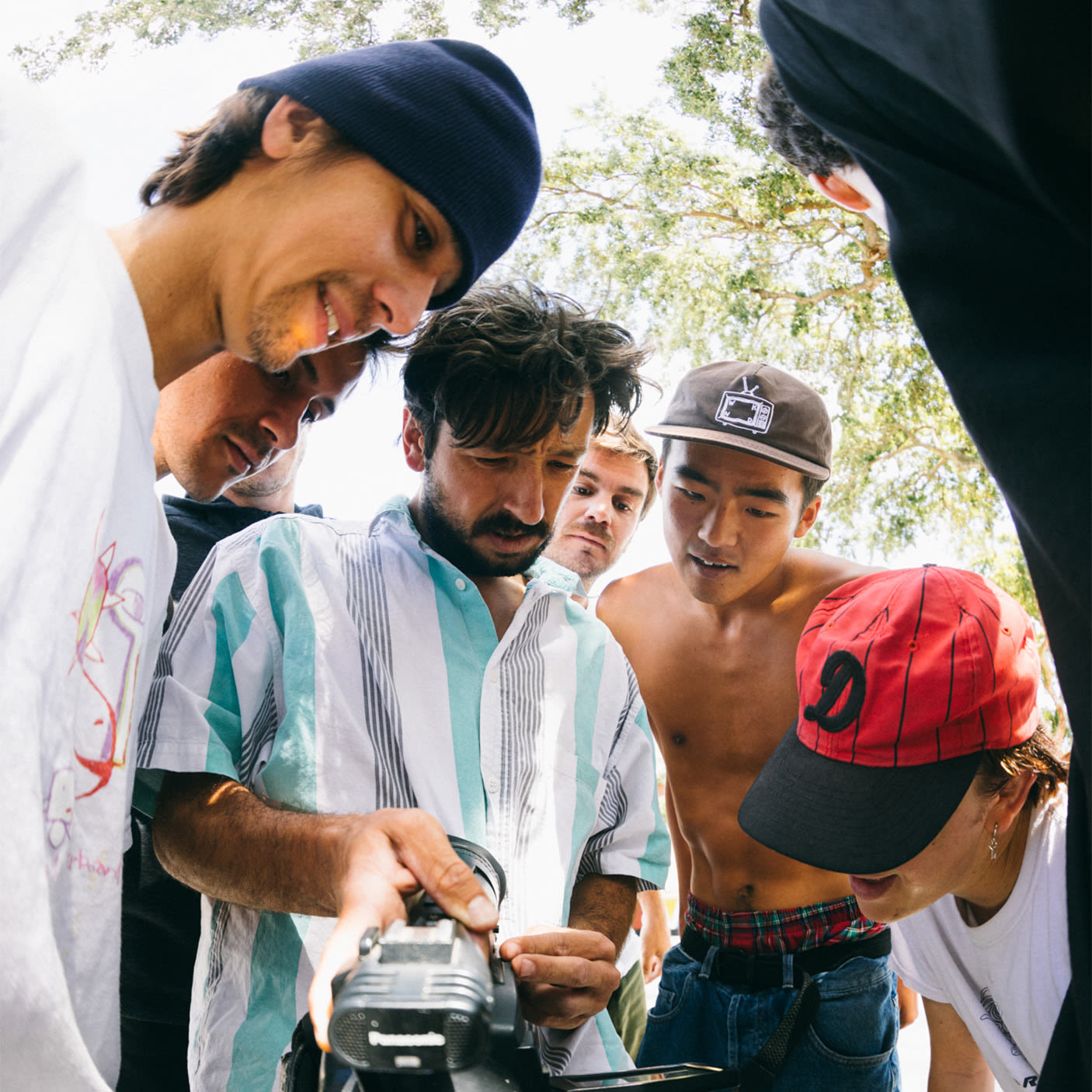
During a hike in Utah's Zion National Park in 2017, Evelynn Escobar, then 23, experienced a profound awakening. As she trekked along jagged trails and looked upon the cavernous and craggy rock formations, tectonic plates within her shifted as it dawned on her that she hadn't seen a single other woman of color enjoying this spectacular outdoor resource. The park, where steep forested paths are punctuated with sharp, red cliffs and turquoise pools that run off the Virgin River, was almost entirely populated by middle-aged white men.
‘I knew I couldn't be the only black and brown woman interested in this,’ says Evelynn, who started hiking as a teenager with her aunt in Los Angeles; Zion was one of her first major wilderness treks as an adult. Having long-appreciated the ‘healing effects of nature’, she was adamant that others could benefit from it. ‘I knew I had to get more of us out here,’ she says, describing the social landscape of the national park as ‘homogeneous… Zion is a major tourist destination, but there was no diversity there at all.’

Evelynn swiftly came up with the idea of a hiking club with a difference: hers would be aimed specifically at women of color and Indigenous people. After advertising on her Instagram account, a group of 10 hiked up Griffith Observatory in LA for the brand's first iteration. Hike Clerb was born.
‘Seeing my friends – who I knew individually – meet each other for the first time and gel so seamlessly, I knew I was on to something,’ she says.
Since then, Hike Clerb has gone from a casual club to a legitimate non-profit organization, with a jam-packed program that invites women ‘to connect with themselves through these green spaces, to realize they have a home in the great outdoors,’ she says.
A global movement
Hike Clerb is leading the pack, as the number of all-girl groups reclaiming space on summits is on the up across the globe. Black Girls Trekkin' is based in LA, while Black Girls Hike, founded in Manchester, UK, in 2019, has seen its numbers increase as its reach has spread across the country. Currently, Black Girls Hike hosts everything from easy ambles to difficult mountain climbs – it wants to make the outdoors accessible for all women, no matter their fitness level. Meanwhile, Latinxhikers is a women-founded group based in Georgia, US, but is open to all genders.

Athene Club and GorpGirls, both based in London, aim to get all women out of the city and into the UK countryside. Everything from coastal walks to overnight camps is on the agenda, from Dorset to Pen y Fan, South Wales' highest peak. For women, the benefits of such groups are tenfold. One attendee of Black Girls Hike said that the group had ‘expanded [her] horizons in ways [she] never thought possible’, while another referenced the ‘supportive context’ of a female expedition: confidence, camaraderie and community are key.
Intimacy can be found in these wide-open spaces. And, for many, women-only hikes offer not just a chance to connect with nature, but a way to meet new people and make friends. Jessie Hyman recently joined GorpGirls as a way of making inroads with like-minded women after moving to London from the US. She co-owns running label Pruzan and had attended the group's after‑dark sprint club. She's since joined in with the hiking events, too.
Safety in the outdoors is an issue for women all around the world: these groups provide the security to enjoy the outdoors in a way that's often otherwise missing – and there's extra solace in that.
Evelynn says that the pandemic was a turning point, when more young people than ever sought the sense of calm that nature can provide. ‘Going outside was one of the only safe spaces we had in 2020,’ she says.

A 2022 survey by the University of Colorado Boulder found that people exposed to more green space during the first year of the pandemic reported ‘significantly less depression and anxiety’, while a similar study in the UK, led by the Mental Health Foundation, found 45% of British citizens cited improved coping skills. Just a 15-minute walk in the woods can lead to a 16% reduction of stress hormones, according to a study by Chiba University in Japan, while spending an hour outside can increase memory performance and attention span by 20%, according to the University of Michigan.
Those are some strong stats. Combined with a growing awareness of climate change and respect for the planet, it's easy to see how, in 2020, the outdoors became a trend. ‘Some people call hiking the new yoga,’ says Tijana Tamburic, co-founder of Female Narratives, an all-female creative agency. ‘It's becoming even more popular because a younger, more diverse audience is getting involved and that audience is on Instagram and TikTok,’ she says. This youthful energy for the outdoors has spawned a wave of influencer accounts that post wholesome, countryside content that champions digital detoxes and prioritizes analog connections with other people and the environment. ‘There's a reclaiming of the outdoors for people who didn't see themselves represented before,’ says Tijana.

The business of outdoors
Climber and hiker Aurora Realini, who's based in Italy, says she gets messages from a lot of women asking for advice. ‘They're asking me how they can approach it or simply where it's safe to go,’ she says. With more than 10,000 followers on her Instagram, Aurora's feed is filled with scenic trails, jagged peaks and architectural mountain huts. She also posts lots of outfit shots: Arc'teryx jackets, Salomon trail trainers and And Wander backpacks are her mainstay. They're also cult items within the gorpcore closet, along with Nalgene water bottles, Patagonia fleeces and all things GORE‑TEX. The trend, with its name alluding to nature enthusiasts' love of trail mix (‘gorp’ is an acronym for ‘good old raisins and peanuts’), grew as interest in the outdoors peaked. Lyst, a fashion aggregate site, reported searches for ‘Arc'teryx’ increased 76% in the past year, with ‘waterproof’ also up 56%.
The outdoor clothing market is expected to hit $45 billion in value by 2027. And the female hiker is an as-yet untapped demographic. In an era when community is key, female hikers could be the key to engagement.
Aurora recently teamed up with outerwear brand Canada Goose on its spring/summer 2023 campaign. GorpGirls has partnered with similar brands, like Columbia and Arc'teryx, and most recently collaborated with LN‑CC, an online fashion platform, to mark International Women's Day (IWD) with a hike in the Peak District. Around 50 members of the GorpGirls community showed up. A big fashion brand like LN-CC marking IWD in this way illustrates how all-female hiking collectives are increasingly becoming more culturally relevant.
Other notable collaborations include And Wander, a Japanese outerwear brand with its own hiking club, which has recently attracted the likes of sports brand Salomon and fashion house Maison Kitsuné. With Salomon, And Wander created a range of trainers; and with Maison Kitsuné, a much wider collection, with everything from backpacks to trousers and shorts. Tijana, meanwhile, has established an all-female hiking club for outdoor clothing and footwear brand Merrell.

‘Partnerships have been an important growth driver for us,’ says Joy Howard, the founder of Early Majority, an outerwear brand that creates cool outdoor garb for women. Since its launch in 2021, Early Majority has partnered with Athene Club, GorpGirls and Feminist Bird Club – a New York-based organization that makes birdwatching more accessible for women and LGBTQ+ and BIPOC communities.
Joy launched Early Majority in Paris in 2021. As a keen hiker, the former vice-president of marketing at Patagonia was frustrated with what she calls the take-down effect – where women's kit would be an inferior rendition of men's garments, lacking in technical ability and design – and decided to create a brand to rectify this. ‘Women want a kit that's gender-neutral, unisex in aesthetic and often oversized,’ she says. Many heritage brands typically offer women's pieces with slimmer fits and nipped-in waists – and they usually come in gendered colorways. Aurora says she often buys men's kit instead.
‘The outdoor industry tends to follow the “shrink it and pink it” mentality,’ says Benedicte Eggesvik, a lead designer at Norwegian brand Db, which has spent three years developing an understated backpack specifically to fit the female frame. Joy, meanwhile, consulted with female athletes to develop innovative design features, from ventilation zips to hoods that can safely hide the face for solo trekkers.
Joy thinks that the outdoor industry is changing as ‘women are starting their own brands’ and servicing this need, while Benedicte attributes much of the momentum to the popularity of women-led groups. ‘They're an inspiring and passionate community of women who are pushing boundaries and breaking down barriers,’ says Benedicte, who's based in Oslo and cites GorpGirls and Grlshred, also in Oslo, as her inspirations. ‘They're changing the face of the outdoors.’
But there's still a lot of work to do. Jojo White, co-founder of All Conditions Media, a British creative agency that specializes in hiking clients, says that brands need to employ women in leadership positions. ‘We're starting to see brands working to help remove the cultural and inherited barriers to access,’ she says, but real inclusivity comes when ‘women are making decisions and taking actions that really inspire change’.
The agency works with Arc'teryx, drinkware brand YETI and GORE‑TEX, among others. Jojo sees brand collaborations with grassroots groups like GorpGirls and Black Trail Runners as key to pushing brands towards equality, in the office and the outdoors. ‘We've only just crossed the starting line,’ she says.
Visibility for both brands and clubs is key. Such partnerships have symbiotic benefits. For brands, they offer instant access to a tapped-in demographic. But for women-led groups, they bring in much-needed cash flow that can be used to further increase access. Black Girls Trekkin's first overnight camp, to Zion, was sponsored by outdoors brand Wondery, with tickets costing a subsidized $250 – financial assistance was also available. Hike Clerb, meanwhile, has created a range of merch and partnered with Early Majority on a badge, with proceeds funding the group.‘The Leaving Our Mark design plays on the idea of us blazing our own trail and leaving our mark for those to follow,’ Hike Clerb said of the badge.

Recently, Hike Clerb partnered with Nordstrom, a luxury fashion retailer with more than 350 stores across the US and 3.4 million Instagram followers. As stars of its holiday campaign, Hike Clerb capitalized on Nordstrom's broad reach, taking its message beyond the BIPOC women that it wants to participate and beyond the summit of the outdoor realm more broadly. Spotlighting inequality to a mass audience is how true change happens. It brings issues outside of a community's echo chamber.
Hike Clerb is gearing up for a big year in 2023. Now operating across North America, it's offering kayaking, birdwatching, surfing and retreats, as well as hikes. It also mentors girls and non-binary youths in school, equipping them with free hiking boots and taking them on away days.
Even so, Evelynn hopes that Hike Clerb will have a deeper impact. She wants to encourage other charitable organizations to think outside the box within the ‘rigid framework of the non-profit’. Being creatively led, she says, fosters engagement. In this online era, being visual creates visibility – the Nordstrom campaign is one key example.
‘There'll never be enough resources dedicated to the work that we're doing; brands could never max out in the space of community, working to make the outdoors more equitable and inclusive,’ she says. ‘There's a historic reason as to why the present looks the way that it does… We have got to create these spaces for ourselves, because no one is going to create them for us.’

A version of this article was first published in Courier issue 50. To purchase the issue or become a subscriber, head to our webshop.


